Walking the Camino Ingles is a journey that invites you to explore the history, culture, and natural beauty of Galicia in northwestern Spain. While many pilgrims flock to the more famous Camino routes like the Camino Francés, the Camino Ingles offers a quieter, more intimate experience, with its scenic landscapes and quaint, charming villages that are the heart of this route.
In this blog post, we’ll take you through some of the small villages along the Camino Inglés, their unique charm, and why they are worth a visit.
Whether you’re an experienced pilgrim or just starting your Camino journey, these villages provide a window into the soul of Galicia and the Camino experience.

What is the Camino Ingles?
The Camino Inglés (English Way) is a 120-kilometre route that starts from the port city of A Coruña or the town of Ferrol and leads to Santiago de Compostela, the final destination of all Camino pilgrims. It’s called the English Way because it was once used by English and other northern European pilgrims arriving by sea.
Although it’s a shorter route compared to the Camino Francés, it’s no less rewarding. Along the way, pilgrims experience stunning coastal views, rolling hills, and, most notably, the peaceful rural villages that have maintained their authenticity and charm for centuries.
1. Ferrol: The Starting Point of Your Camino Inglés Journey

Your Camino Inglés adventure begins in Ferrol, a small town with a rich naval history and charming streets lined with traditional Galician buildings. While Ferrol is more of a bustling town than a village, it still holds a distinctive Galician charm.
Before starting your pilgrimage, take some time to explore the town’s historical center, visit the Naval Museum, and enjoy a walk along the Porto de Ferrol, where you can glimpse the region’s maritime heritage.
Must-See:
-
Church of San Francisco: A beautiful church with significant historical and cultural importance.
-
Naval Museum: An interesting stop to understand the maritime influence on the region.
2. Pontedeume: A Medieval Gem on the Camino Inglés
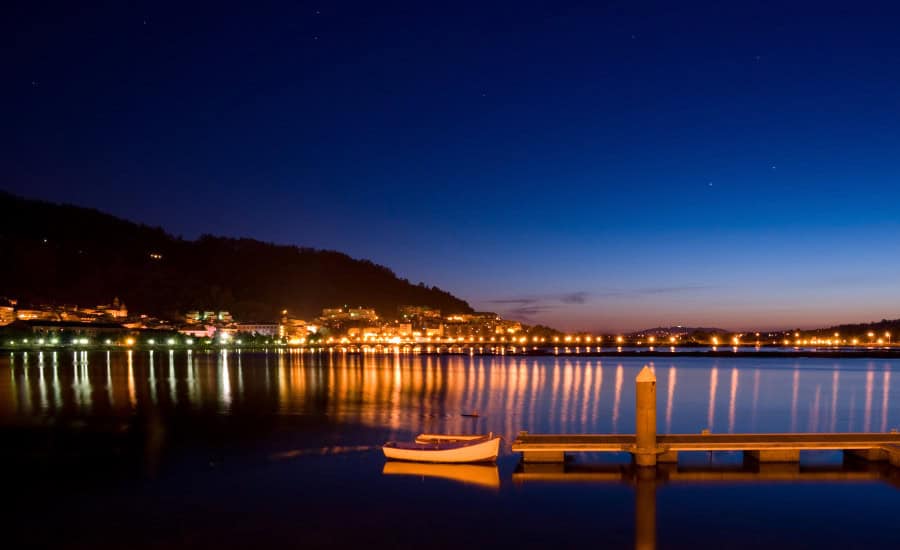
Around 20 kilometers from Ferrol, you’ll arrive in Pontedeume, a picturesque village that looks like it’s come straight out of a medieval storybook. Set along the banks of the Eume River, Pontedeume is known for its well-preserved architecture, cobblestone streets, and the Pontedeume Bridge.
As you wander through this charming village, you’ll find yourself transported back in time.
One of the best parts of Pontedeume is the opportunity to enjoy some local delicacies in its small cafes and restaurants. Be sure to try tarta de Santiago, a traditional almond cake that’s a staple of the Camino.
Must-See:
-
Pontedeume Bridge: A historic bridge that adds to the village’s picturesque setting.
-
Church of Santa María de Pontedeume: A beautiful example of Galician religious architecture.
3. Betanzos: A Town Full of History and Natural Beauty
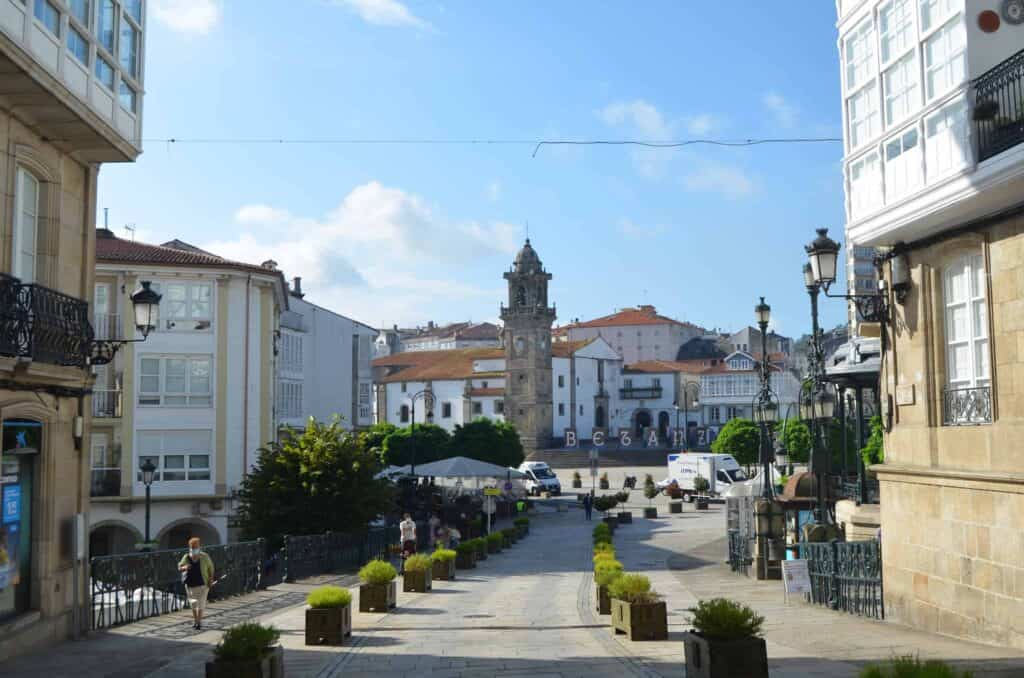
Just a few kilometers down the road from Pontedeume is Betanzos, a small town that’s packed with history and charm. Known for its old town and the Betanzos River, this village offers the perfect balance between rural tranquility and historical significance.
Betanzos is home to some stunning examples of Galician architecture, including the Iglesia de Santa María del Azogue, a 14th-century church that is a must-visit for history lovers.
But perhaps the most remarkable thing about Betanzos is its proximity to nature. The nearby Fragas do Eume natural park, one of the most important temperate forests in Europe, offers an ideal spot for pilgrims to unwind and enjoy the natural beauty of the region.
Must-See:
-
Betanzos River: Take a stroll along the riverbanks and enjoy the peaceful surroundings.
-
Fragas do Eume: A beautiful nature reserve just outside the village.
4. Miño: A Relaxing Stop Along the Camino Inglés
As you continue along the Camino Inglés, you’ll eventually reach Miño, a lovely village located near the coast. Known for its beaches and the Miño River, this village offers a relaxing atmosphere where you can take a break and enjoy some peaceful moments.
Miño is perfect for pilgrims who want to enjoy the coastal views while reflecting on their journey.
After a day of walking, take the time to relax on one of Miño’s stunning beaches, or explore the surrounding nature areas.
Must-See:
-
Miño Beach: A serene coastal spot to rest and enjoy the natural beauty of the region.
-
Miño River: Stroll along the river and enjoy the peaceful surroundings.
5. O Pedrouzo: The Last Stop Before Santiago
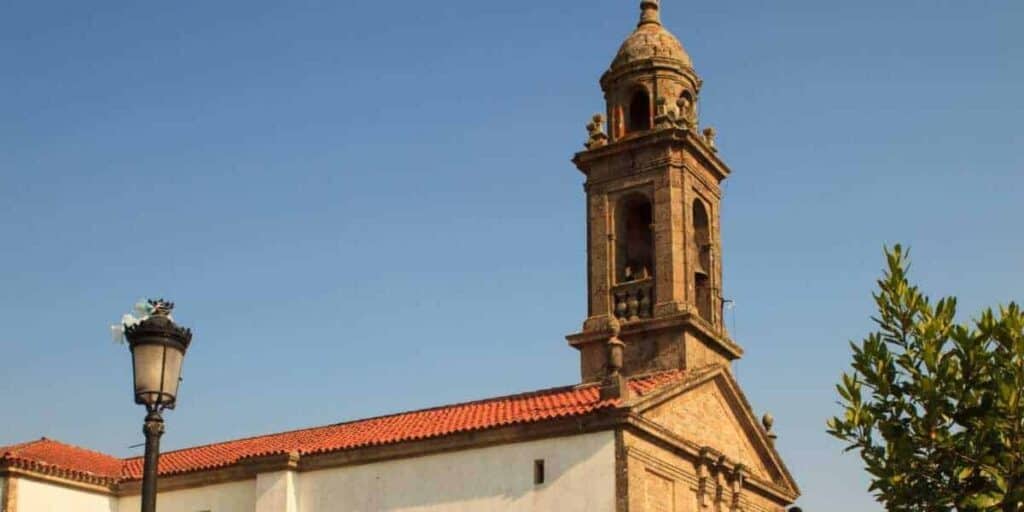
The village of O Pedrouzo is the final stop along the Camino Inglés before reaching Santiago de Compostela. While O Pedrouzo is slightly more developed than some of the earlier villages, it still maintains a peaceful and welcoming atmosphere. This is where pilgrims can catch their breath before completing the final stretch of the journey to Santiago.
O Pedrouzo is the perfect place to rest, reflect, and prepare for your arrival in Santiago. Be sure to visit the Church of Santa María, a simple but lovely church in the center of the village.
Must-See:
-
Church of Santa María de O Pedrouzo: A simple yet welcoming church to reflect before your final destination.
Why the Small Villages of Camino Inglés are Special
The small villages along the Camino Inglés offer more than just a place to rest your feet. They are living examples of the region’s rich history and culture, and each village has its unique charm that reflects the heart of Galicia. Whether it’s the medieval streets of Pontedeume, the natural beauty of Miño, or the quiet charm of O Pedrouzo, these villages provide pilgrims with an authentic and enriching Camino experience.
Moreover, the peacefulness and slower pace of life in these villages allow pilgrims to connect more deeply with the journey. The simpler, less commercialized nature of these villages allows for a more personal and intimate pilgrimage experience, where you can truly reflect on your journey, your thoughts, and your spirituality.
Ready to walk the Camino Inglés and discover the charm of these villages? Book your tour today and experience the magic of this unique pilgrimage route!


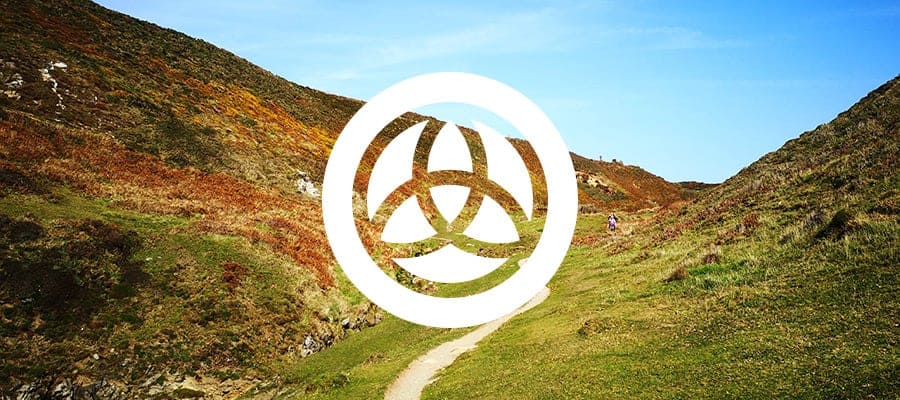
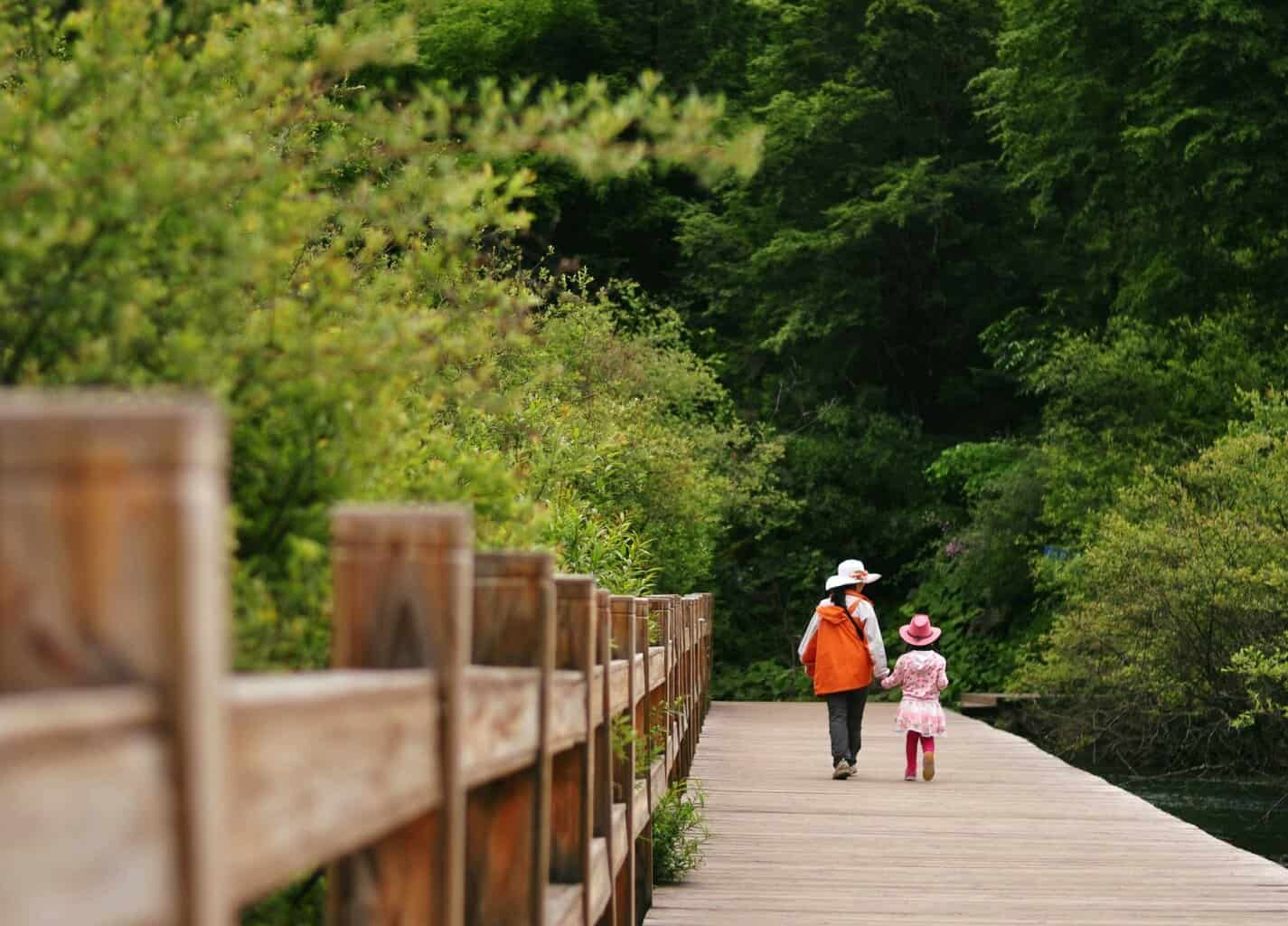
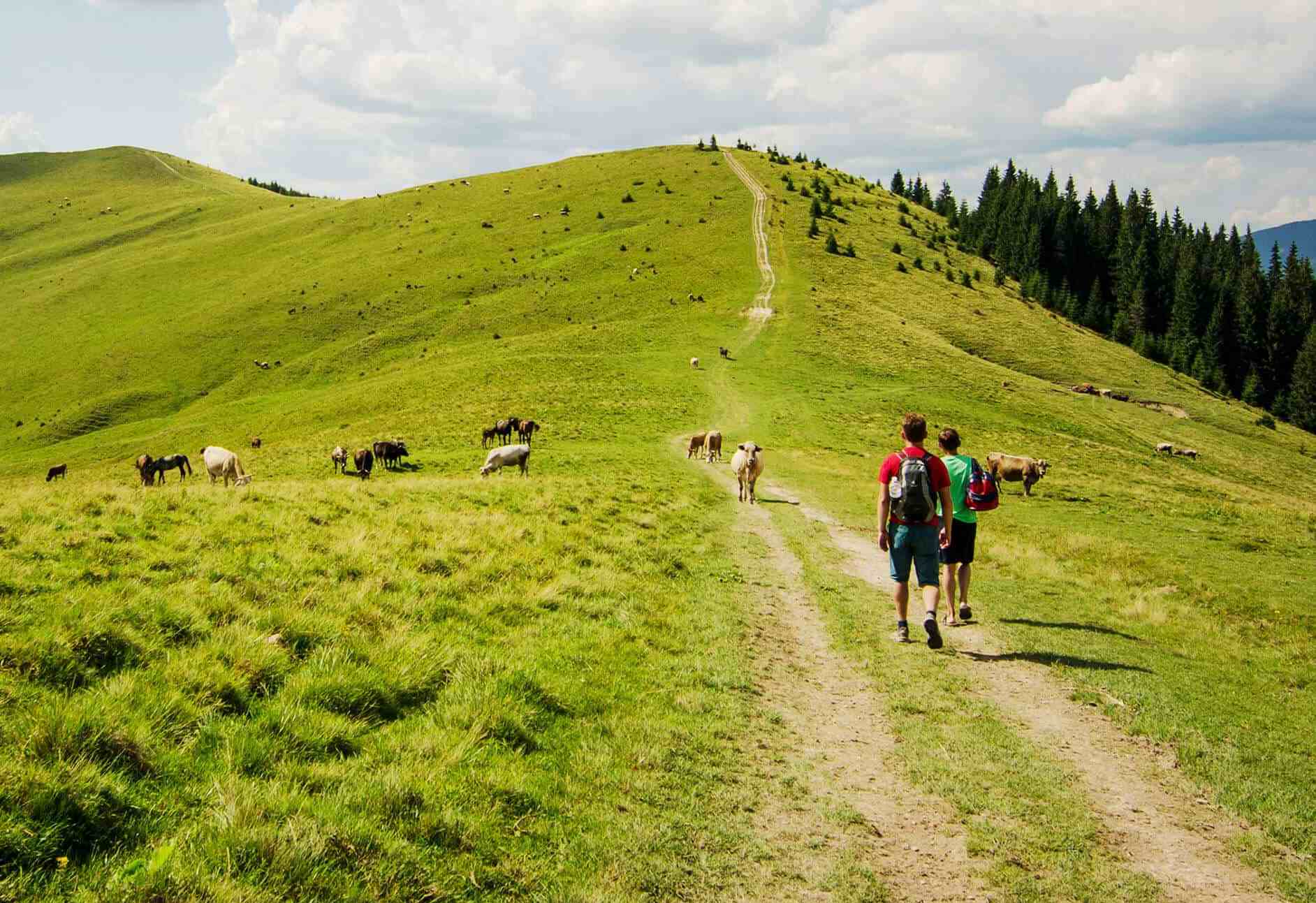
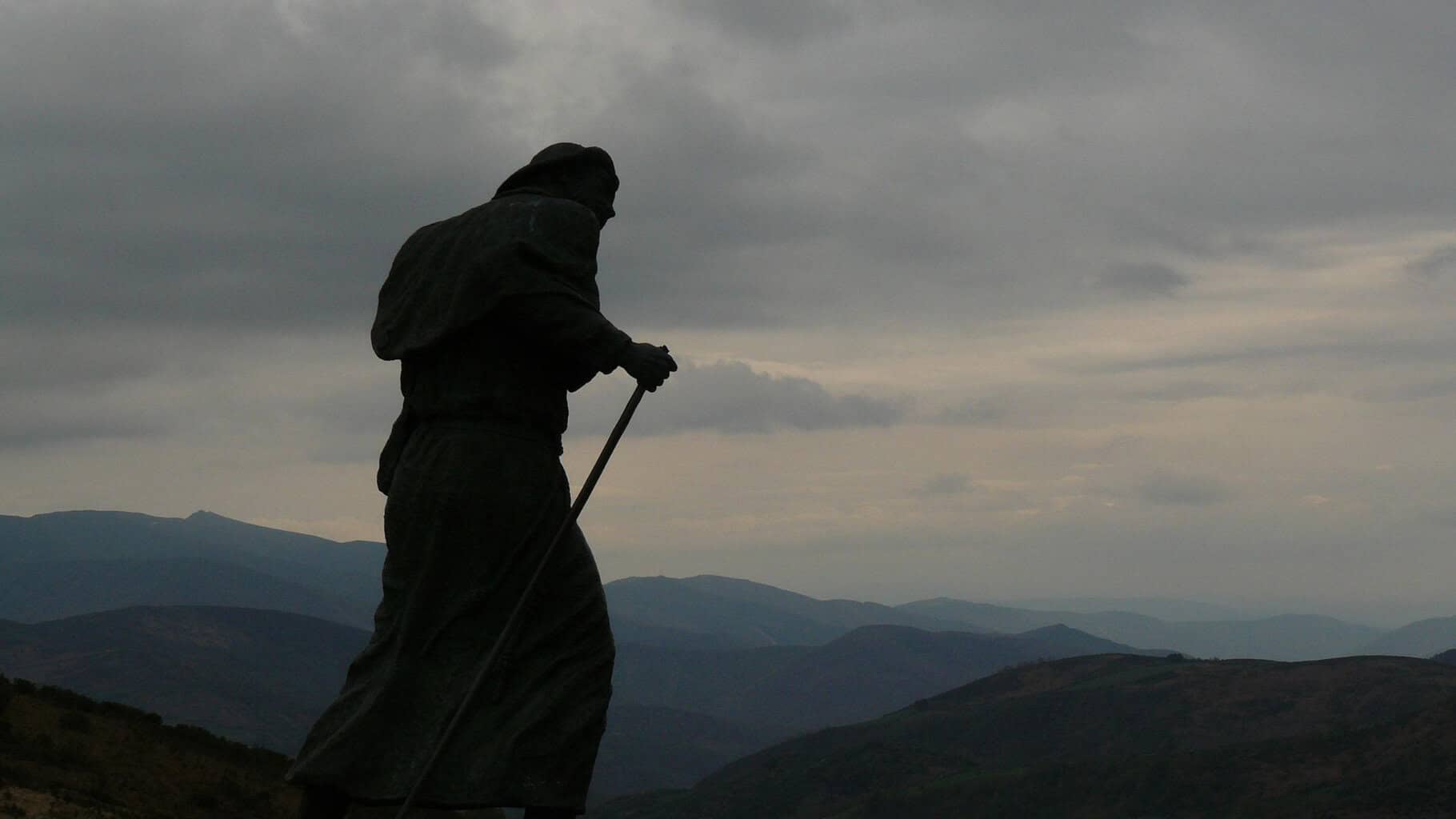


No Comments
I conceive this site holds some rattling great info for everyone : D.